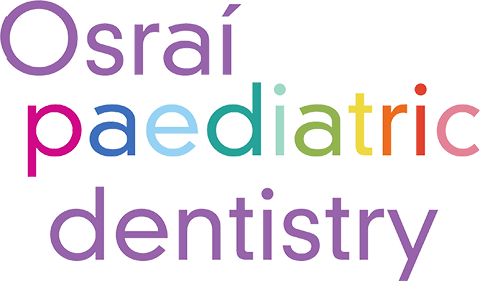 What is a paediatric dentist?
What is a paediatric dentist?
A paediatric dentist has an extra two years of specialized training after dental school and is dedicated to the oral health of children from infancy through the teenage years. The very young, pre-teens, and teenagers all need different approaches in dealing with behavior, guiding their growth and development, and helping them avoid future dental problems.
With the additional eductation, pediatric dentists have the training which allows them to offer the most up-to-date and thorough treatment for a wide variety of pediatric dental problems.
How old should my child be to come to the dentist?
We recommend children to seen by our office by age 3. Of course, if there are any issues such as tooth decay or pain, please make an appointment with our office. Beginning dental care at an early age allows guidance for caring for your child’s teeth and opportunities to address preventive issues that are important for healthy teeth and a pleasing smile. Early visits also help establish a positive relationship between the dentist and your child.
With each subsequent visit, your child will mature and confidence and trust will most likely increase. Usually after age 3, we will begin preventive care visists whch include examination, cleaning, floride treatments, and appropriate radio graphs.
Why are baby teeth so important?
It is very important to maintain the health of primary teeth (baby teeth). Neglected cavities can cause pain and infection, and it can also lead to problems with affect the developing permanent teeth. Primary teeth are important for (1) proper chewing and eating, (2) providing space for permanent teeth and guiding them into position, and (3) permitting normal development of the jaw bones and muscles.
Why does my child need dental x-rays?
Radio-graphs (x-rays) are a necessary part of your child’s dental diagnostic process. Without them, certain cavities will be missed. They also help survey developing teeth, evaluate results of an injury, or plan for orthodontic treatment. If dental problems are found and treated early, dental care is more comfortable for your child, and more affordable for you.
On average, our office will request bitewing radiographs approximately once a year and panoramic radiographs every 3-5 years. In children with a high risk of tooth decay, we will recommend radiographs and examinations every six months.
With contemporary safeguards, the amount of radiation received in a dental x-ray examination is extremely small. The risk is negligible. In fact, the dental radiographs represent a far smaller risk than an undetected and untreated dental problem. Lead body aprons and shields will protect your child. Today’s equipment restricts the beam to the area of interest.
What are sealants, fillings and crowns?
A sealant is a clear or shaded plastic material that is applied to the chewing surfaces (grooves) for the back teeth (premolars and molars), where most cavities in children can form. This sealant acts as a barrier to food, plaque, and acid, thus protecting the decay-prone areas of the teeth. However, cavities between the teeth are not protected by sealants. As long as there is no cavity in the tooth, sealants will be recommended for all children.
If your child had a cavity, a filling is palcaed after the cavity is removed. Most othe time, the filling is a tooth colored (white) filling, but there are certain situations in which a silver filling is necessary.
In a primary tooth, if a cavity is too large to restore with a filling, a crown may be recommended or the tooth may need to come out. If the cavity is too large and has involved the nerve of the tooth, then the nerve will be removed (pulpotomy) along with the cavity, and a crown will be placed. A crown can either be tooth colored or stainless steel. For front teeth, white crowns are routinely used for esthetics. For back teeth, stainless steel crowns are used for their durability and longevity. The purpose of the crown is to help provide structure for the tooth, to help maintain space for permanent teeth to erupt properly, and to help protect the remaining tooth.
What should be done about a cut or bitten tongue, lip, or cheek?
Apply ice to bruised areas. If there is bleeding, apply firm pressure with a clean gauze or cloth. If bleeding does not stop after 15 minutes or it cannot be controlled by simple pressure, take the child to the emergency room.
If the child chews their lip, tongue or cheek area after completion of dental treatment, an antibiotic may be necessary. Please call our office.
My child accidentally knocked out her permanent tooth, what should I do?
If the tooth is knocked out, try to replace back into socket or if the child can hold it under the tongue until you come into our office. Contact Dr. McKinley as soon as possible.
My son has fractured his tooth. What do you suggest?
Rinse debris from injured area with warm water. Place cold compresses over the face in the area of injury. Placement of Vaseline over the area of the broken tooth will aid in decreasing sensitivity. Locate and save any broken tooth fragments in milk. Contact Dr. McKinley as soon as possible.
Further information on these dental topics is available on the menu above.


